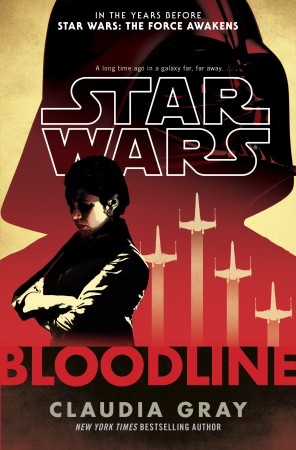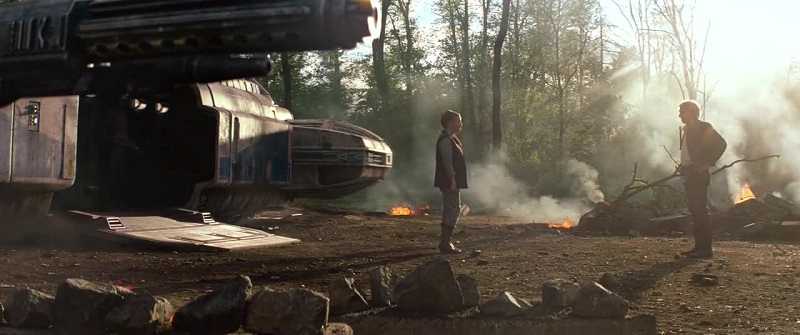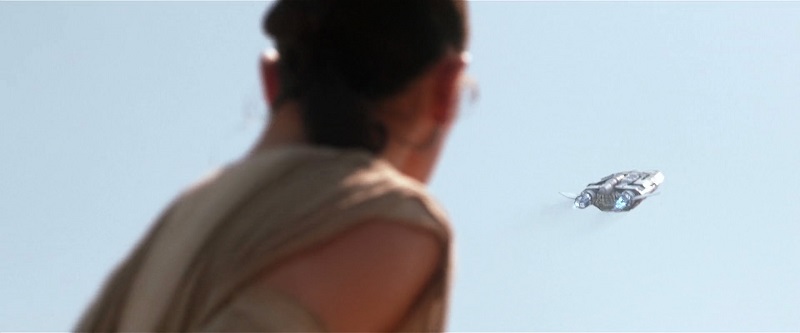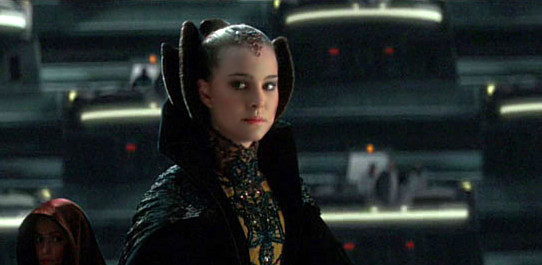
This article contains spoilers for Bloodline.
If you are one of the greatest heroes of a rebellion against a tyrannical empire, what would you do if you found out that one of the most evil people in that empire was your father by blood?
That is a question that haunts Leia Organa in Claudia Gray’s Bloodline. How would you deal with knowing that the person who tortured you and cold-heartedly destroyed your planet while making you watch is the same person with whom you share half your genes? Can you?
While the main plot of Bloodline is an exploration of how obsession with ideological purity causes democracy to fail, it is also about the dangers of extremism. More specifically, the dangers of a black and white worldview where people are either an ally or an enemy. It is also about the dangers of taking that “with me or against me” attitude to its extreme, where people can either do no wrong or do no right.
So again, how do you reconcile being a galactic hero who is the daughter of one of the most infamous galactic villains in recent history? When you subscribe to a worldview where there are no shades of grey and everyone is a villain or a hero with no in between, you can’t. Vader and Leia are both larger-than-life figures who are put up on these pedestals. One is demonized and the other revered and neither is really seen as a person who is as fallible as the next.




